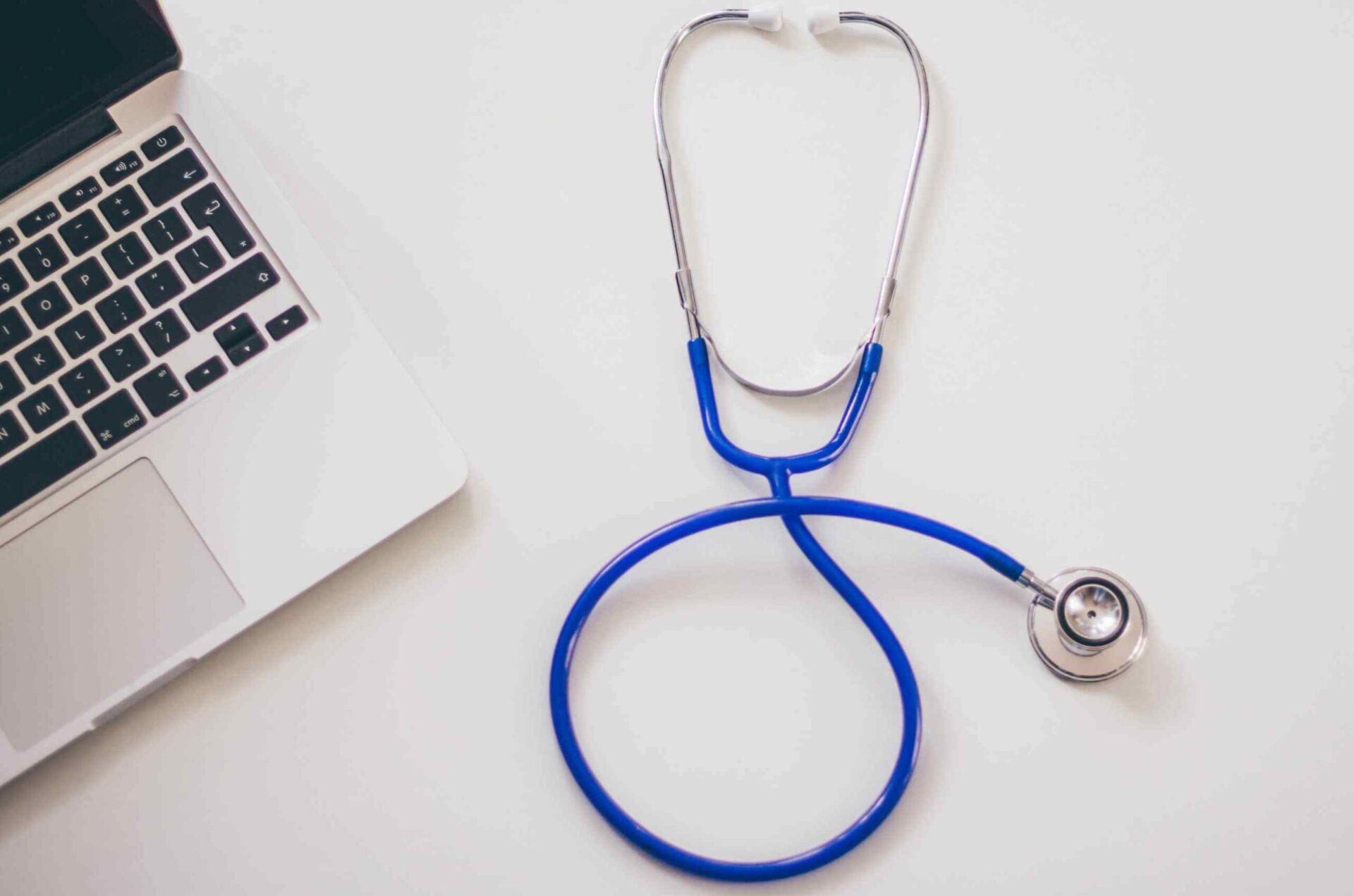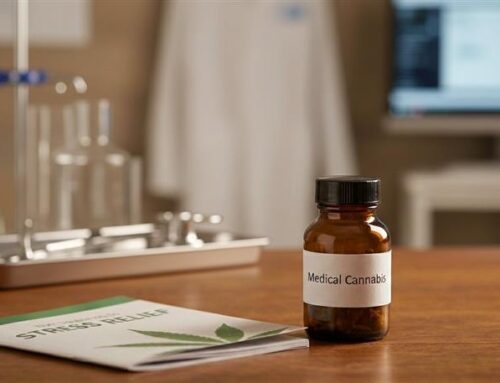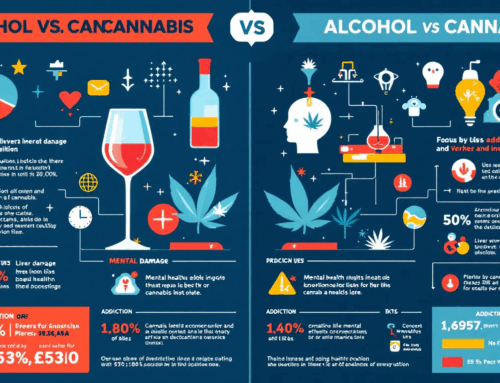Introduction: The Evolution of Cannabis Consumption
Marijuana use is on the rise for both recreational and medicinal purposes. With the law adjustments, there are new opportunities for exploration. Using tools for smoking or vaping remains the most commonly used method; however, with the invention of edibles, which are convenient food products containing cannabis, replacing smoking is becoming more common. Cannabis edibles are easier to use, beneficial, and convenient, which makes them ideal for those looking for effortless ways to access the advantages of marijuana.
Edibles are food that has cannabis in them. They let you enjoy cannabis without smoking. They work differently in your body than smoking does. This is because a special chemical strengthens the effects and lasts longer. Learning about how edibles work can help you make better choices, whether you are new to cannabis or have a medical marijuana card.
What Is 11-Hydroxy-THC? A Closer Look at THC Metabolism
The main chemical in cannabis that gives a person a high is THC, or tetrahydrocannabinol. The most popular type of THC, Delta-9-THC, works on your brain when you smoke or vape.
Eating marijuana brings a different effect as well. Your body changes Delta-9-THC into another type called 11–Hydroxy–THC, still in the liver. The new Delta-9-THC is more potent than the older type and has a longer duration in the body. This is the reason why many people assert that the effects of edible products are enhanced compared to smoking.
Understanding the Chemistry: Why 11-Hydroxy-THC is Different
In the THC family, 11-Hydroxy-THC is considered the child of Delta-9 THC because it’s the slightly modified version of it. However, as we know, with children, “a small change” can result in a vastly different entity altogether. In this instance, a slight alteration in the molecular structure of THC means that it now passes the blood-brain barrier more efficiently, increasing the rush and helping the high hit faster than expected.
The Metabolism of THC: How it Works
As with standard fare, edibles must be broken down before “kicking in.” First, the THC-laden food gets digested in the stomach before being delivered to the liver. It is here that Delta-9-THC resurfaces, morphing into 11-Hydroxy-THC. The enchanting metamorphosis is estimated to last 30 minutes to two hours.
From there, 11-Hydroxy-THC can now happily traverse your body’s circulatory highway to your brain—I’m sure it’s no surprise this is where the magic truly begins. Once the THC has travelled past the mind, the effects start to kick in. Unlike smoking, the high lasts for 4 to 12 hours. Patients with a medical card who wish to attain relief throughout the day favor this long duration.
The Unique Effects of 11-Hydroxy-THC
Compared to Delta-9-THC, 11-Hydroxy-THC is stronger and lasts longer. People often feel:
- A deeper sense of relaxation
- Stronger euphoria
- More intense body and mind effects
Some studies suggest 11-Hydroxy-THC may be up to four times as powerful as Delta-9-THC. Because of this, it’s essential to start with a low dose, especially if you’re new to edibles or using medical marijuana for the first time.
Why Edibles Feel Different from Smoking
Smoking cannabis delivers Delta-9-THC directly to your lungs, then your bloodstream, and then your brain. This all happens within minutes and wears off in a couple of hours.
Edibles take longer to produce effects because they go through digestion. However, the effects are often more potent and last longer. This happens because your liver changes THC into a more powerful form called 11-Hydroxy-THC.
Some people use cannabis to feel better. Those who have a medical marijuana card often pick treats, like gummies, to help with pain, worry, or trouble sleeping.
Factors That Affect How 11-Hydroxy-THC Works
Several things can change how 11-Hydroxy-THC affects you:
- Metabolism: Fast metabolism may process THC quickly.
- Tolerance: If you use cannabis often, your body may need more to feel the same effects.
- Edible: Gummies, chocolates, or baked goods may absorb at different rates.
- Empty vs. full stomach: Eating an edible on an empty stomach can make it hit faster and harder.
- Body weight and overall health: Heavier individuals or those with slower digestive systems may experience delayed effects.
What People Commonly Experience With Edibles
When using edibles, people often report:
- Strong body high
- Relaxation and calmness
- Euphoria or happiness
- Sleepiness or sedation
- Enhanced sensory perception
Some may also experience side effects, such as:
- Dry mouth
- Increased heart rate
- Anxiety or paranoia (especially at high doses)
- Drowsiness
If side effects happen, stay calm. Drink water, find a quiet space, and wait it out. The effects will fade with time. Those with a medical marijuana card should consult their cannabis doctor if they have frequent side effects.
Safety and Smart Use: Tips for Consumption via Edibles
Edibles are easy to go overboard with because of their delayed effects. Here are some safety tips to keep in mind:
- Do not go overboard with the THC dosage. Start with 2.5 to 5 mg.
- Give a gap of 2 hours if more is needed.
- Do not mix with alcohol or other drugs.
- Keep edibles out of reach of children or minors.
- Ensure peaceable surroundings.
Calm spaces are essential for first-timers. Consult a cannabis physician or specialist for help regarding dosing and body reactions.
Owning a medical card grants permission to visit licensed dispensaries, which aids significantly in tailoring suitable products to individual needs.
Medicinal Weed and Edibles: An Option for Therapy
For certain health conditions, patients use medical cannabis edibles for specific reasons. Unlike other forms of medical marijuana, they are discreet and have a longer-lasting effect (sometimes working better) for:
- Insomnia
- Anxiety
- Nausea
- Appetite loss
With edibles, one does not need to smoke anything to relieve … which is very good for people with lung problems. As with any other type of medication, one must see a medical marijuana physician for the correct dosage prescribed.
Future Research on 11-Hydroxy-THC and Edibles
The world of cannabis is constantly changing, and discoveries about 11-Hydroxy-THC are being made. Interest is growing in:
Medical long-lasting THC effects
Controlled THC effects for edibles
Studying individual responses to edibles
Reducing the adverse side effects of edibles
There is also now a broader selection of edibles. From full-strength chocolates to low-dose mints, there is something for everyone. Medical marijuana cards provide access to safer, tested options that are otherwise unavailable on the recreational market.
Conclusion
Cannabis and edibles can treat medical conditions, but using them requires understanding the effects of 11-Hydro-THC. It is generated in the liver, explaining the strong, lasting effects associated with consuming edibles, especially compared to smoking.
Knowledge of THC compounds can help improve safety measures and cannabis dosage for patients who possess a medical card. Always consult with a professional doctor to reduce risks.
Taking care facilitates better outcomes as well as an improved experience with medical marijuana or recreational cannabis. To benefit from cannabis edibles, stay informed and ensure personal safety.
FAQs
What is the role of the Nerolidol terpene in cannabis edibles?
Nerolidol is a terpene found in some cannabis strains and edibles that may offer calming and sedative effects. It can enhance the relaxing experience of edibles, making it useful for stress relief, sleep support, and aiding those using medical marijuana for seniors or patients with anxiety.
How can I use cannabis for meditation rituals with edibles?
Edibles infused with calming strains or terpenes like Nerolidol are great for meditation. Since edibles have long-lasting effects, they can help maintain focus, deepen mindfulness, and create a peaceful experience during extended cannabis meditation rituals.
Is medical marijuana for parents safe in edible form?
Parents using medical marijuana may prefer edibles due to their discreet and smoke-free nature. With proper dosing and guidance from a doctor, edibles can help manage stress, pain, or sleep issues, allowing parents to function responsibly while treating symptoms.
Can I use medical cannabis for diabetes through edibles?
Yes, medical cannabis for diabetes can be consumed through sugar-free or low-carb edibles. Some patients find relief from inflammation, nerve pain, or sleep disorders related to diabetes. Always consult a healthcare provider for tailored dosing and product selection.
How can edibles affect a marijuana detox or tolerance reset?
During a marijuana detox, it's best to avoid all forms of THC, including edibles, as they stay in your system longer due to 11-Hydroxy-THC. If you're resetting tolerance, stop using cannabis completely for several days to weeks, depending on usage habits.





